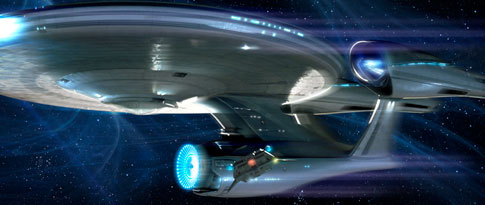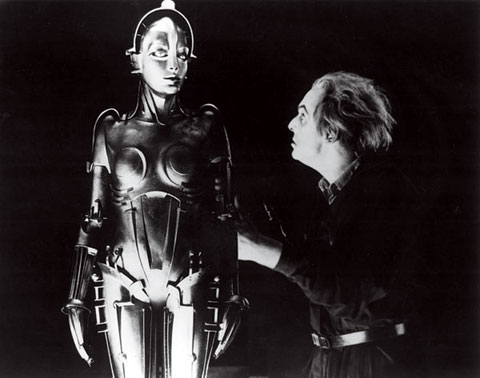In the world of cinematic science fiction one of the most appealing themes involves a universe brimming over with intelligent life. In this imagined future (or past) humans interact with alien friend and foe because they’ve at last hammered down the ability to travel to distant stars and galaxies, and, yes, “to boldly go where no man has gone before.” Having grown up on the original Star Trek series, observed the effect of the Star Wars movies on the zeitgeist of movie-going generations and enjoyed sci-fi soap operas like Battlestar Galactica, I have to admit I wish we could make it happen; no matter the odds.
Now, while the laws of physics put severe limitations on whether we could ever travel the vast distances involved in any reasonable period of time, as far as we know physics may not absolutely prohibit the possibility. So, with this in mind, let’s have a brief look at some of our favorite science fiction movies and shows and see how they deal with transporting protagonists through the vastness of space. Because, insofar as it’s possible, we one day might employ those same laws of physics to our advantage.
Launch the gallery here.









